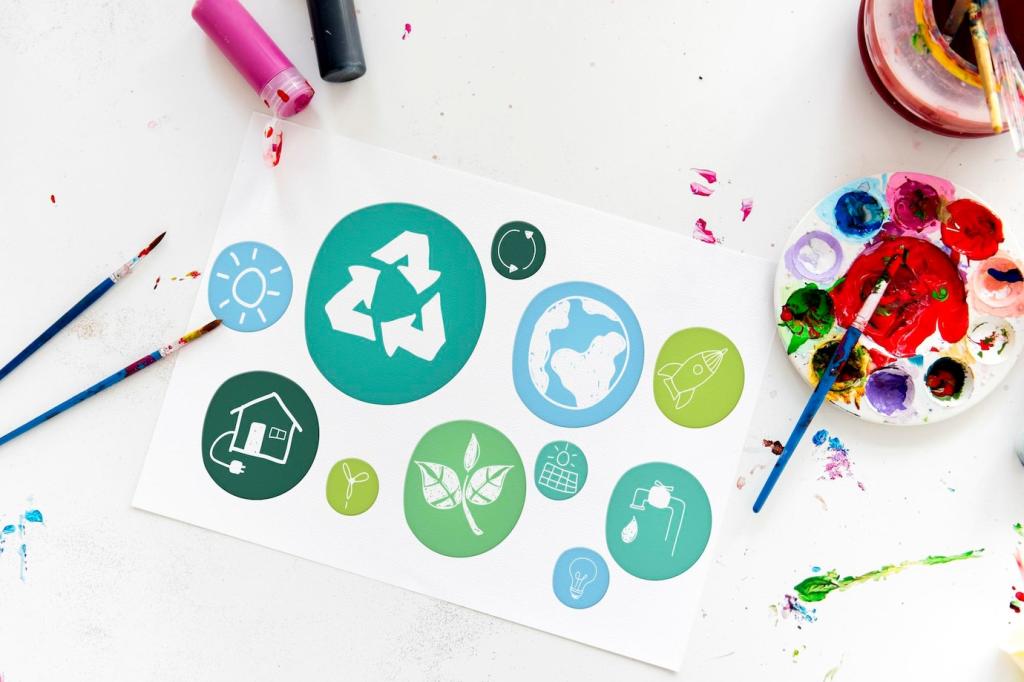This website uses cookies so that we can provide you with the best user experience possible. Cookie information is stored in your browser and performs functions such as recognising you when you return to our website and helping our team to understand which sections of the website you find most interesting and useful.

Sustainable Water Management in Home Design
Sustainable water management in home design is an innovative approach that addresses the growing need for responsible water usage in residential spaces. By integrating efficient water systems and mindful planning, homeowners can significantly reduce their environmental footprint while lowering utility costs. This approach not only ensures that water resources are used judiciously but also enhances the long-term sustainability and value of a property. The principles of sustainable water management encompass efficient supply, wastewater recycling, stormwater management, and the thoughtful incorporation of landscaping that supports conservation efforts. This holistic method supports both the environment and the homeowner by promoting health, economic savings, and ecological preservation.


